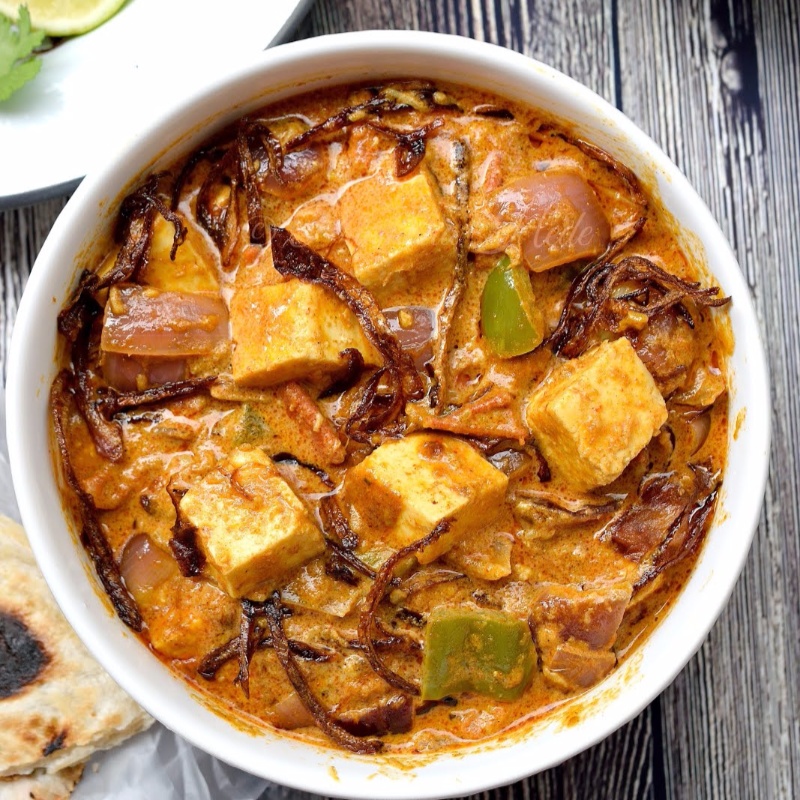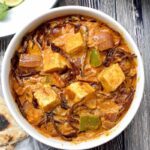Autism and Attention Deficit Hyperactive disorder (ADHD) both are neurodevelopmental disorders which impact the same brain functions. Studies have shown that two-third of the total affected children with ADHD show autism symptoms too. There is a thin line of difference between their characteristic symptoms, let’s learn about both in detail.
AUTISM- the isolated self
Autism can be diagnosed in children from the age of 2years. Each autistic child may show different symptoms. You cannot really categorise them into one.
It is one of the syndrome that falls under the range of autism spectrum disorders. The word Autism is a Greek word ‘ autos’ which means ‘self’.

Here are some of the distinct characteristics to look out for in an autistic child:
- They find difficulty in communicating with others
- They prefer to sit alone or play alone. Finds difficult to make friends.
- Sensory Dysfunction – cannot stand loud noises, strong smell or flavour.
- Repetitive Behaviour- Doing or saying the same things over and over again. For example, constantly clap hands.
The cause of Autism is largely genetic. So if diagnosed from start and treated well then it effectively reduces the symptoms.
ADHD
ADHD stands for Attention Deficit Hyperactive Disorder. It’s seen in both Children and adults. Usually, difficult to identify at before the age of 5 in children because being inattentive , hyperactive are the normal traits shown by any toddler or kid.

It’s symptoms may or may not stand out clearly depicting ADHD affected children. Symptoms include:
Cannot focus on one task for a long time
- Difficult in paying attention in class or in any given activity or discussion
- Always needs to move around. Cannot sit at one place.
- Usually responds or answers back without thinking much/ Impulsive behaviour
TREATMENT FOR AUTISM:
-Most diagnosis is by age of 2. Hence, an overall approach therapy- occupational, behavioural, medical, dietary and physical would help them to cope up with the environment and other children better.
MEDICAL APPROACH is important as the drugs given will not cure autism but reduce anxiety and depression in the child. This will improve their learning and communication skills and make them more friendly and open.
DIETARY APPROACH:
– Being over sensitive to, touch , taste and sight they tend to become picky eaters. They prefer to eat only a particular food item over and over again, making them nutritional deficient. These deficits need to be addressed through supplements under the guidance of doctor.
– Expose them to different varieties of the same food item. For example, if they eat apple jam, then the child will be open to try apple pie or apple as a whole fruit.
– Usually they are sensitive to foods containing casein ( milk, paneer, curd) , gluten (wheat, barley, oats) or preservatives (packaged food items). Try to eliminate these items one at a time and observe how they respond.
– Once the sensitivity is known, use the substitutes for it.
For example, in case of casein substitute their milk/paneer requirements with soybean milk/ tofu respectively OR Almond milk
In case of gluten insensitivity, substitute it with buckwheat, sago, millets, corn, quinoa, rice, and amaranth.
– Gut health is compromised called as leaky (i.e. Gut is permeable to toxins and gets absorbed into the bloodstream). Long term studies have shown that bacteria B. Fragilis helps to recover from leaky gut and reduce the autistic syndrome.
TREATMENT FOR ADHD:
Along with behavioural therapy, diet also plays an important role in managing ADHD. A well balanced diet including veggies, fruits, complex carbs like high fiber cereals and more proteins will slowly help to ease the symptoms.
There are three ways to focus on:
- Supplementation
- Elimination approach
- Healthy eating habits
- Elimination approach: Elimination approach involves not eating certain food items which may trigger symptoms and hyperactive behaviour. One by one the potential food item is eliminated for a few days, change in any symptoms or behaviour is noted.
- Supplementation: To make up for not getting sufficient amount from the foods eaten, vitamin and mineral supplementation shall help in easing the symptoms
- Healthy eating habits: Healthier habits include choosing wholesome foods instead of refined foods. Example, using wholegrains like broken wheat, wheat bran, buckwheat and millets instead of maida.– Choosing healthier sweet options like dark chocolates with berries, homemade dates roll, jaggery based halwas or sheera.– Avoid high sugar containing foods like candies, cakes, cookies, sweetened chocolates.– Say no to fried snacking items and ready to eat products. Alternatively, choose healthier food items like roasted chivda with chana, roasted yellow chana, plain popcorn, millet baked wafers, sauteed paneer.– Avoid packaged fruit juices, tetra packs, sugary drinks, sodas and carbonated beverages. Instead, opt for whole fruits, fruit based popsicles, coconut water and other homemade fruit juices without sugar.





